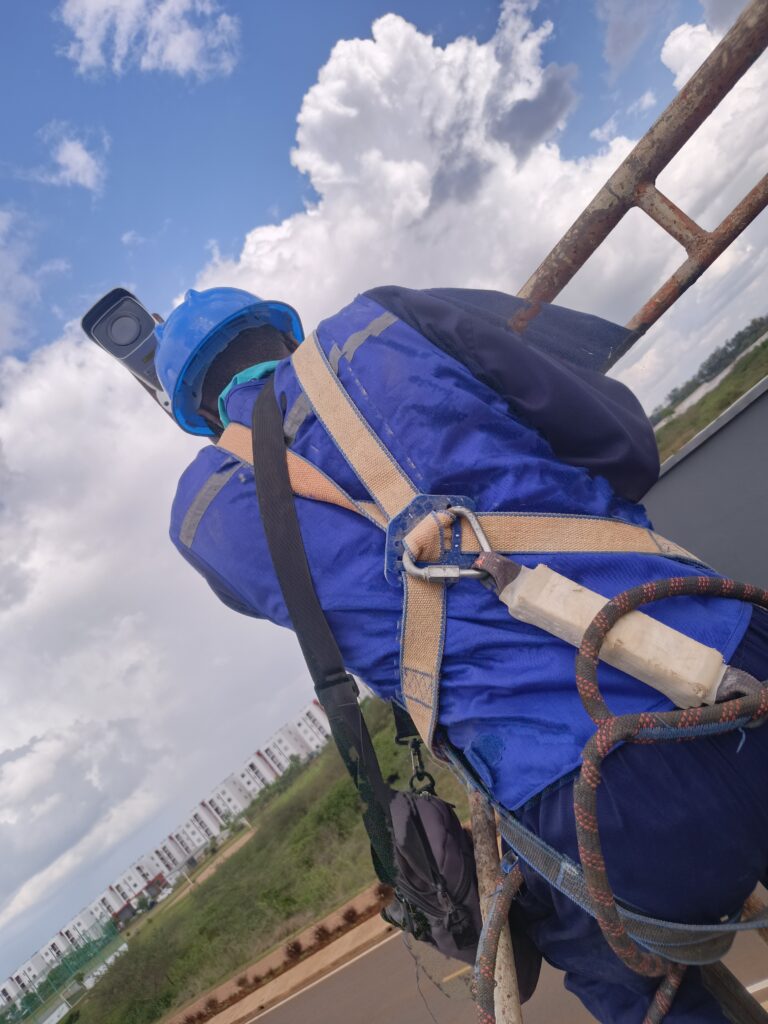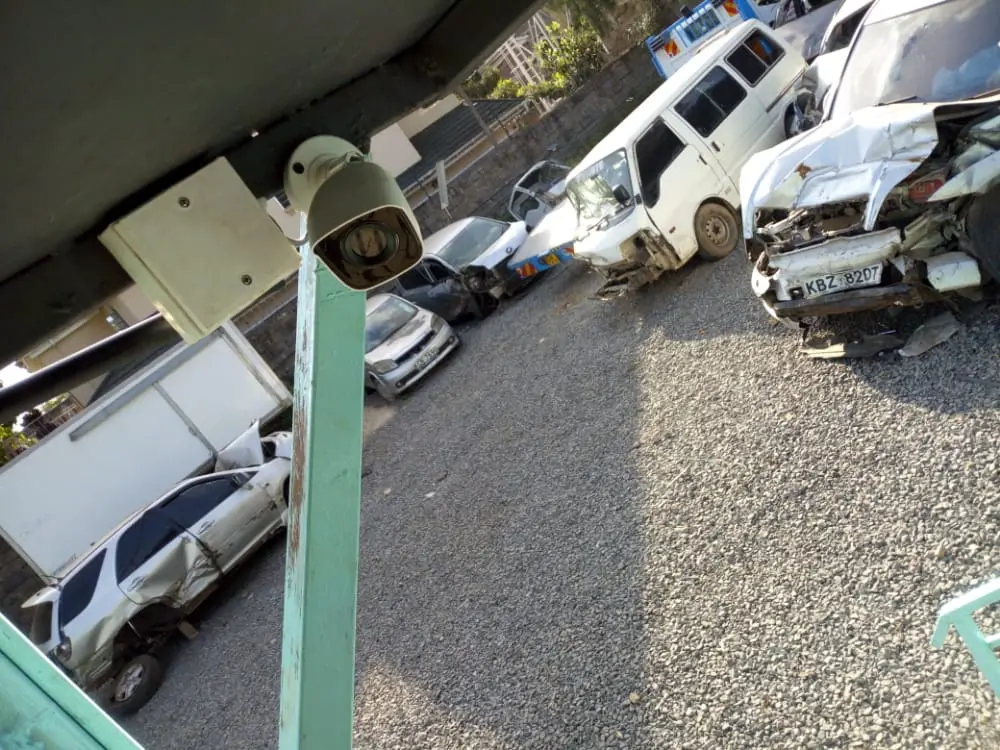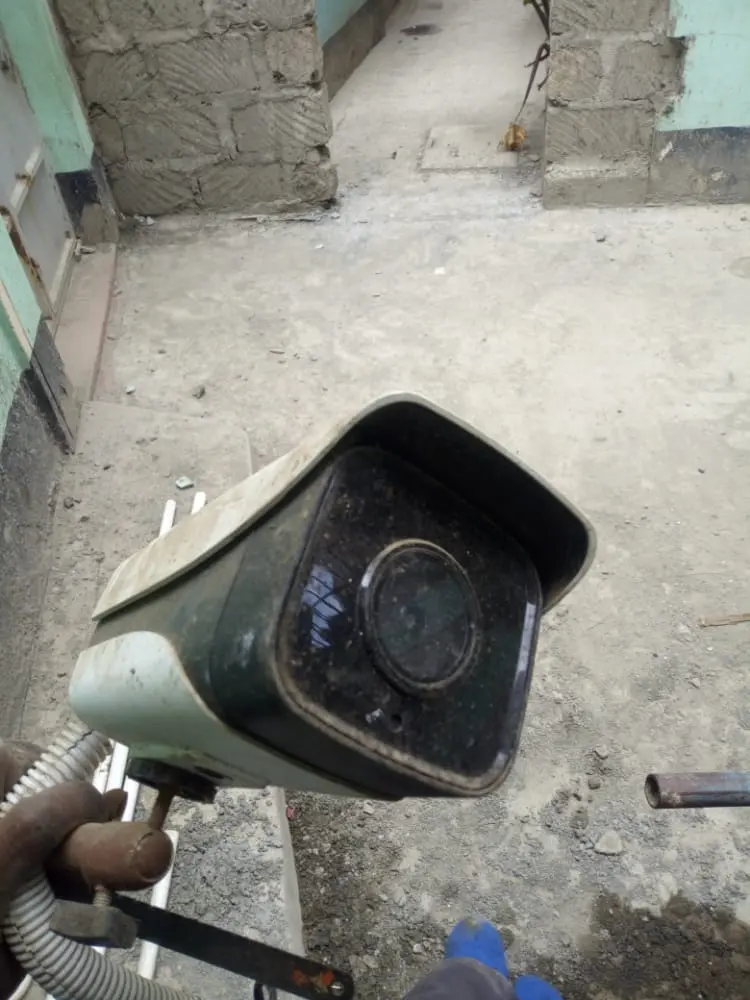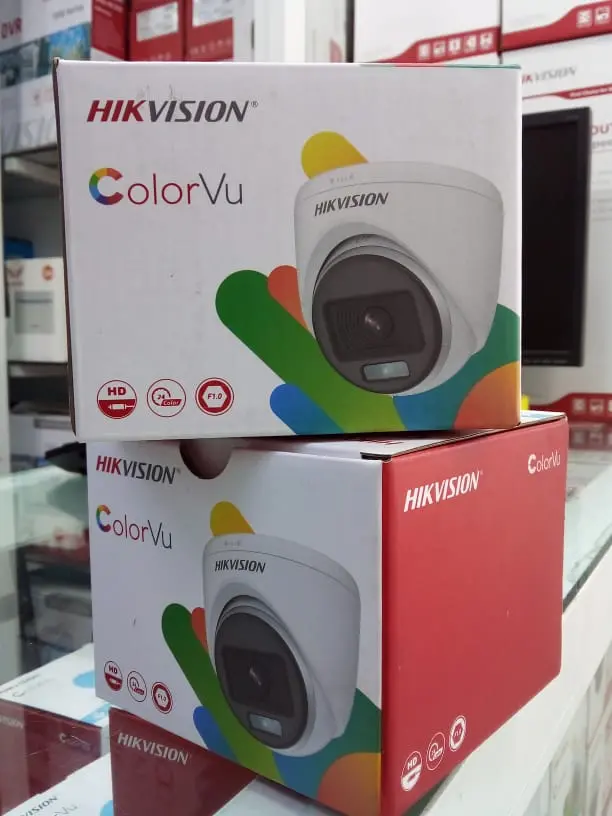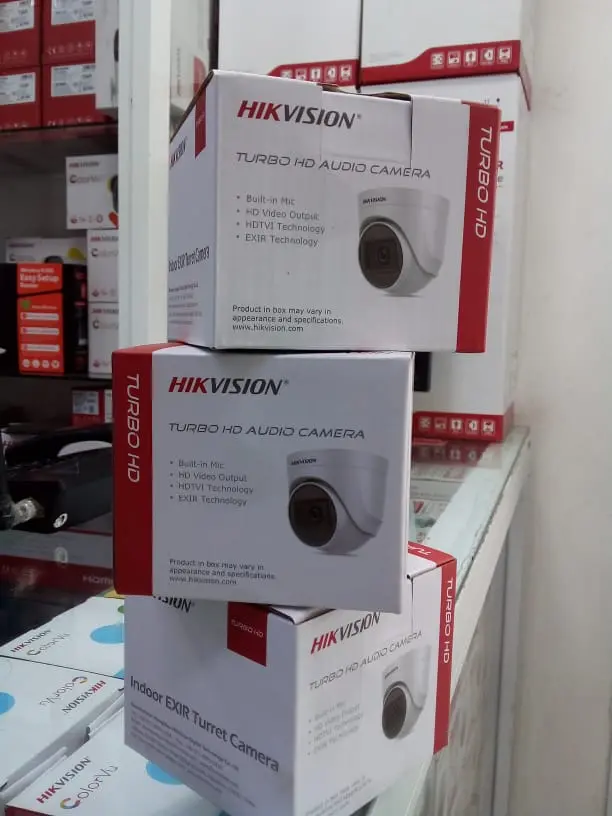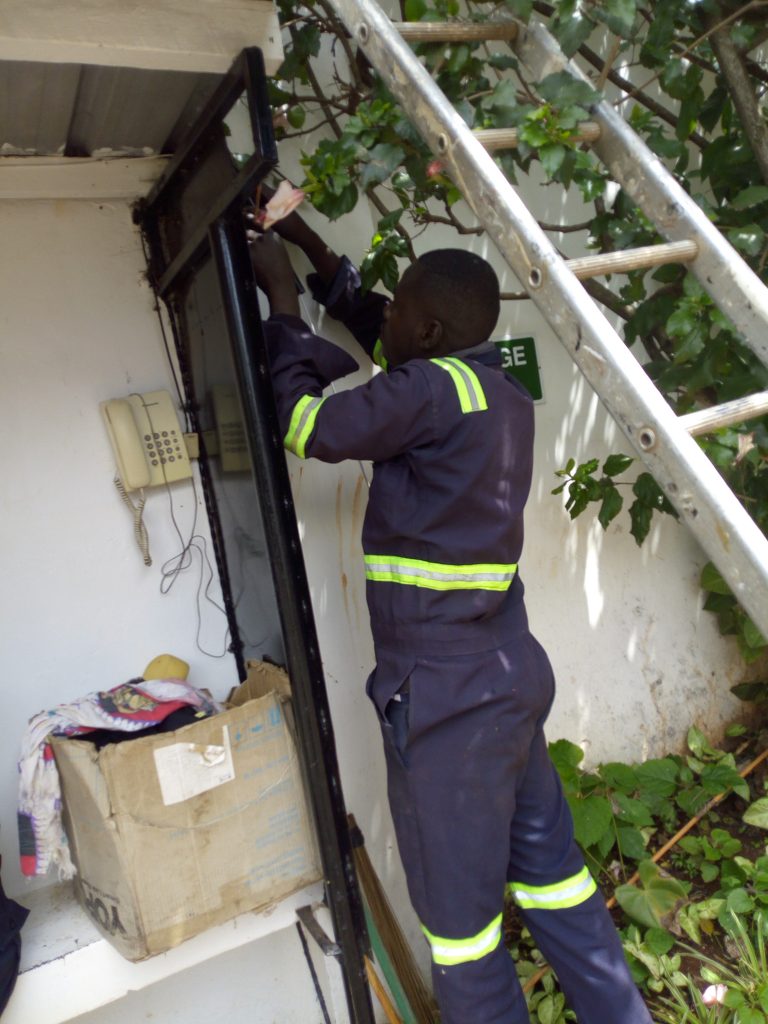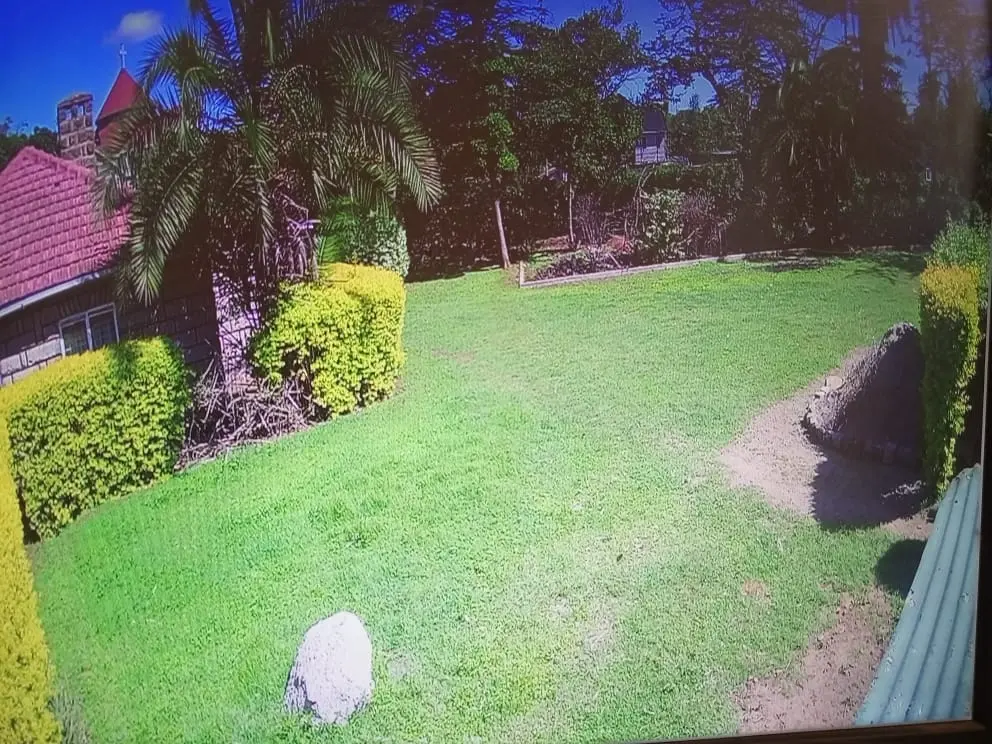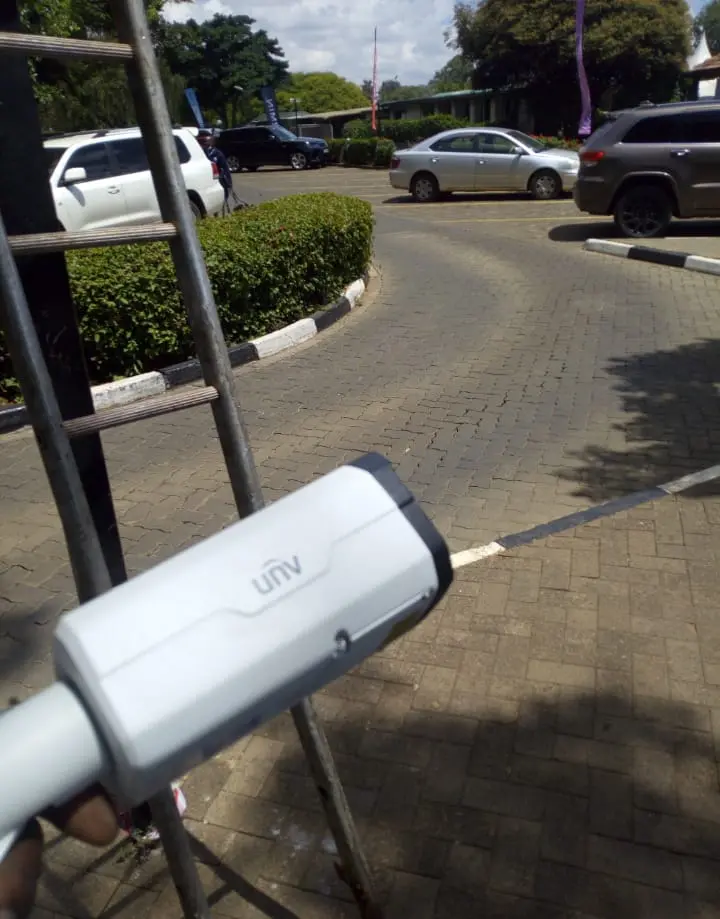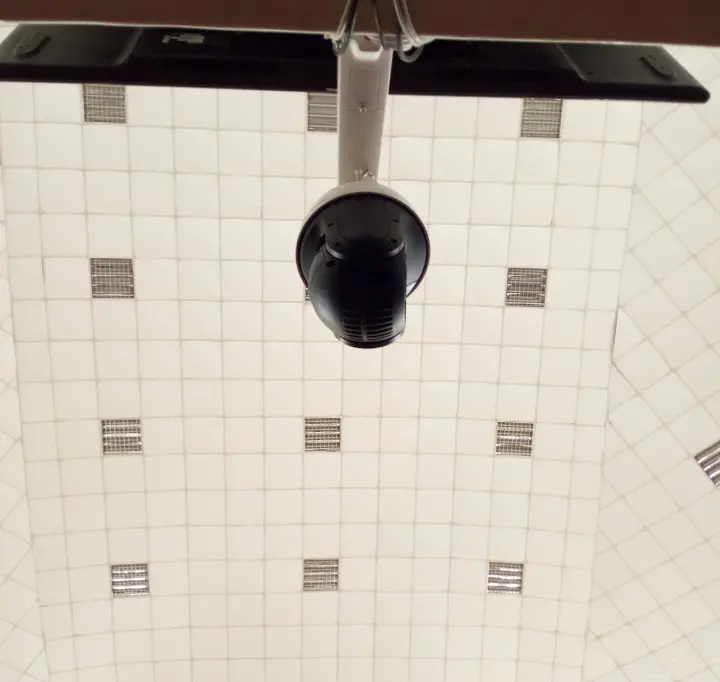Why Is My CCTV Camera Showing Black and White Instead of Color?
There are two primary reasons why a color CCTV camera may display black-and-white footage:
1. Low-Light Conditions (Most Common Cause)
CCTV Camera Showing Black and White. CCTV cameras require adequate ambient light to produce color images. When lighting levels drop below the camera’s sensitivity threshold, most security cameras automatically switch to infrared (IR) night vision mode, which only captures black-and-white footage. This is a normal function designed to maintain visibility in darkness, but can be problematic if it activates unnecessarily during daytime or in well-lit areas.
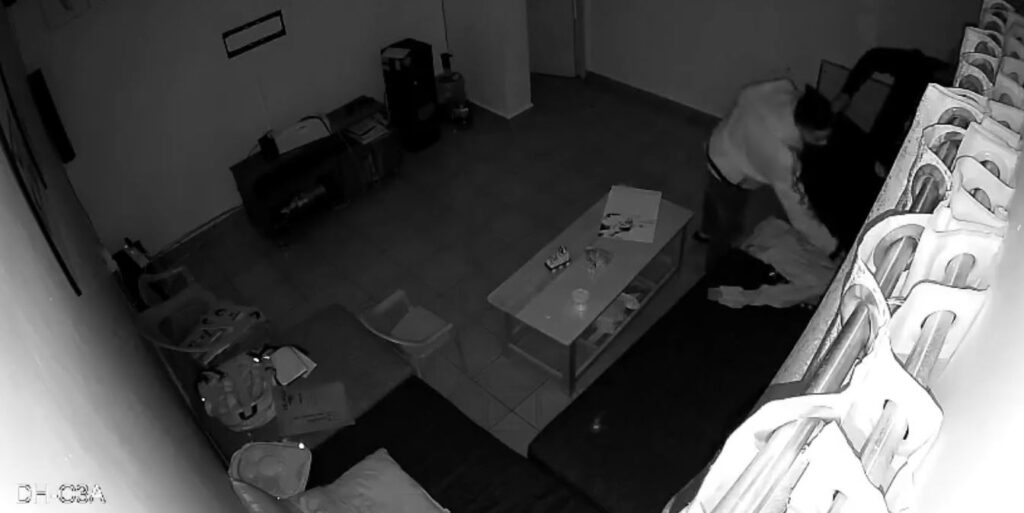
To fix this issue of CCTV Camera Showing Black and White, first assess the lighting conditions where your camera is installed. If the area is naturally dark, consider adding supplemental lighting such as outdoor floodlights or IR illuminators. You can also adjust the camera’s light sensitivity settings through its configuration menu – look for options like “Day/Night Mode” or “Light Threshold” to fine-tune when the camera switches between color and IR modes. Some cameras allow you to disable automatic IR switching entirely, though this may result in poor image quality in truly dark conditions.
2. Faulty IR Cut Filter (Mechanical Issue)
Modern color CCTV cameras use an IR cut filter to block infrared light during daytime operation, ensuring accurate color reproduction. This physical filter typically moves out of the way at night to allow IR light for night vision. However, if this mechanism fails or gets stuck, your camera may remain in black-and-white mode regardless of lighting conditions, or display unusual color tints like pink or purple.
Testing for IR filter issues is straightforward. Cover the camera’s light sensor (usually located near the lens) to simulate darkness – if the image stays black-and-white, the filter may be malfunctioning. Simple solutions include power cycling the camera or checking for firmware updates that might address the issue. For persistent problems, the camera may require professional repair or replacement, as the IR filter mechanism is an internal component not easily user-serviceable.
What Does It Mean When the CCTV IR Light Changes from Blue to Red?
Many CCTV cameras feature an LED status light that changes color to indicate their current operating mode. Understanding these indicators can help you diagnose camera issues more effectively.
Understanding LED Status Colors
A blue LED light typically indicates the camera is operating in daytime color mode, with the IR cut filter engaged. When the light changes to red, this signals that the camera has switched to night vision mode, with the IR filter disengaged and infrared illuminators activated. This color change is normal behavior during the transition from day to night. However, if the light remains red during daylight hours or flickers unpredictably, it suggests the camera isn’t properly detecting light conditions.
Troubleshooting LED Indicator Issues
If your camera’s status light stays red during the day, first check for obstructions blocking the light sensor. Dirt, spider webs, or even a poorly positioned camera housing can prevent proper light detection. Cleaning the sensor area and ensuring nothing is casting shadows on it may resolve the issue. For cameras that show erratic LED behavior, try resetting to factory defaults or updating the firmware, as this can often correct software-related sensor calibration problems. Persistent issues may indicate a hardware fault requiring manufacturer support.
How Can I Make My CCTV Image Clearer? (Additional Tips)
Clear CCTV footage is essential for effective security monitoring. If your images appear blurry, grainy, or otherwise subpar, several adjustments can significantly improve quality.
1. Clean the Camera Lens
Over time, dust, moisture, and environmental debris can accumulate on camera lenses, degrading image quality. Regular maintenance with a soft microfiber cloth and appropriate lens cleaner can restore clarity. Pay special attention to the outer housing as well, as dirt on the protective dome or window can also distort images. For outdoor cameras, consider installing a protective hood to minimize weather-related buildup.
2. Adjust Camera Focus
Many CCTV cameras feature manual focus adjustments, either through a physical focus ring or digital settings. If images appear slightly blurry, carefully adjust the focus while monitoring the live feed. For motorized zoom cameras, use the manufacturer’s app or software to fine-tune focus at different zoom levels. Remember that focus requirements may change between day and night operation, so test adjustments under typical lighting conditions.
3. Improve Lighting Conditions
Optimal lighting is crucial for high-quality surveillance footage. Evaluate your camera’s field of view for dark spots or uneven lighting that might cause problems. Strategic placement of additional lighting, such as motion-activated LED floodlights, can dramatically improve image quality. For areas where adding visible light isn’t practical, consider IR illuminators that work with your camera’s night vision capabilities without creating light pollution.
4. Check Video Resolution & Compression
Modern CCTV systems offer various resolution and compression settings that significantly impact image quality. Ensure your system is configured to record at the camera’s maximum native resolution. While higher compression (like H.265) saves storage space, it can sometimes introduce artifacts – switching to a less aggressive compression format may improve clarity, especially for fast-moving objects. Regularly check that your recording equipment can handle the selected resolution and compression settings without dropping frames.
5. Inspect Cables & Connections
Signal degradation from poor connections or inadequate cabling can manifest as fuzzy images, color distortion, or intermittent signal loss. Examine all cable connections for corrosion or looseness, and ensure you’re using high-quality cables appropriate for your system’s requirements. For analog systems, check that cables are properly terminated, and for IP systems, verify network equipment can handle the video bandwidth. In long cable runs, consider using signal boosters or fiber optic alternatives to maintain signal integrity.
6. Update Firmware
Camera manufacturers regularly release firmware updates that can improve image processing, fix bugs, and enhance overall performance. Check the manufacturer’s website for your specific camera model’s latest firmware version and update instructions. Many modern cameras support over-the-air updates through their management software, simplifying the process. After updating, recalibrate camera settings as some updates may reset configurations to defaults.
Final Thoughts
A CCTV camera stuck in black-and-white mode typically indicates either insufficient lighting or a malfunctioning IR cut filter system. By methodically testing these potential causes – checking light levels, verifying IR filter operation, and examining status indicators – you can identify and resolve most issues. Remember that some black-and-white operation is normal and even desirable in very low-light conditions where color imaging would be ineffective.
For persistent problems that basic troubleshooting doesn’t resolve, don’t hesitate to contact the manufacturer’s technical support. Many CCTV issues can be resolved through remote diagnostics or firmware updates, while others may require professional service or replacement. Keeping your system well-maintained with regular cleaning, software updates, and occasional hardware checks will ensure you get the best possible surveillance footage when you need it most.


